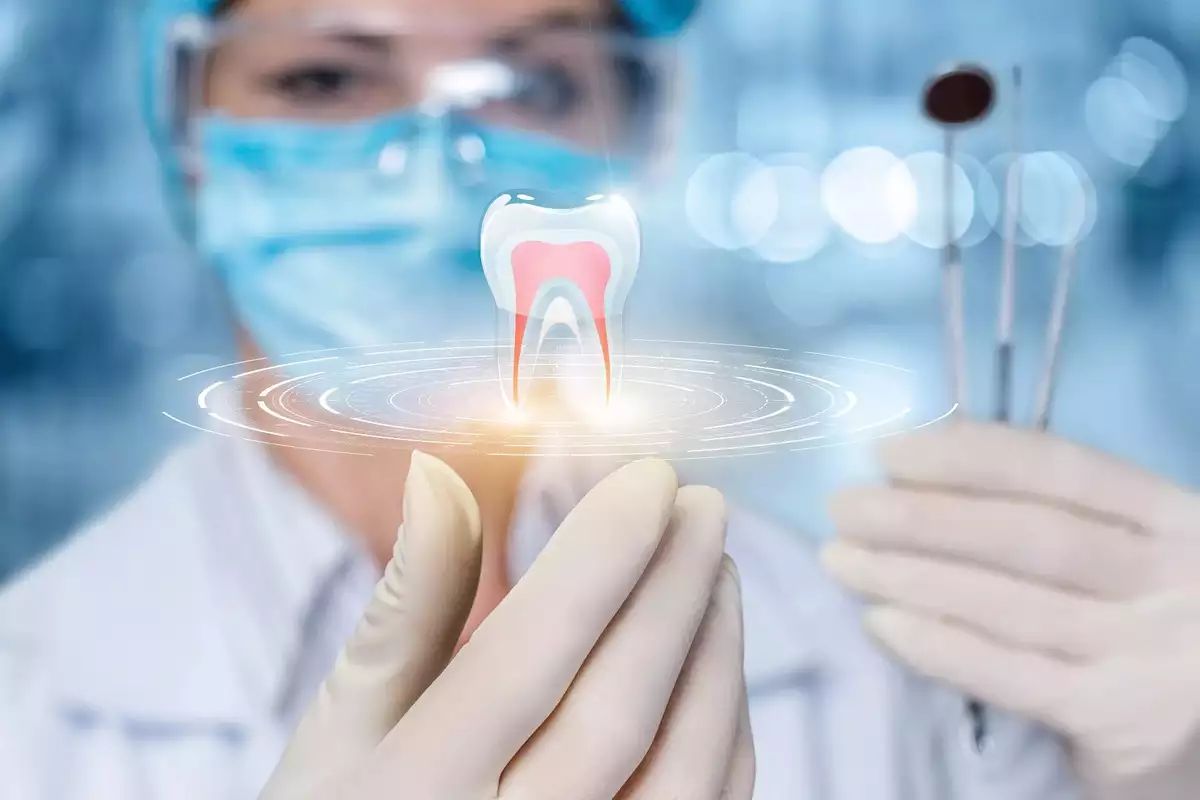Dental technology has made remarkable advancements in recent years, revolutionizing the way dental professionals diagnose and treat various oral health problems. With the constant evolution of technology, dentistry has seen remarkable advancements in recent years, enhancing the accuracy of diagnoses and significantly improving the results of treatments for patients.
These advancements have not only improved the accuracy of diagnosis but have also made the treatment process less invasive, more comfortable and efficient. If you’re experiencing an Emergency Dentist in Scottsdale AZ, look no further, as there are skilled and experienced emergency dentists available to provide prompt and effective care.
In this article, we will explore some of the latest advances in dental technology and how they are changing the face of dentistry.
- Digital X-rays
Gone are the days of traditional film x-rays, as digital x-rays have taken over. Digital x-rays produce a clear and detailed image of the teeth and gums, enabling dentists to diagnose issues more accurately. They are also faster and more efficient, producing results in seconds. Digital x-rays are also more environmentally friendly, as they don’t require the use of chemicals for development.
- Cone Beam Computed Tomography (CBCT)
CBCT is a specialized form of digital x-rays that provides a three-dimensional image of the teeth, jaw, and surrounding structures. This advanced technology enables dentists to identify issues that are not visible in traditional x-rays, such as impacted teeth, tumors, and jawbone abnormalities. CBCT scans are also useful in planning complex dental procedures such as dental implants, oral surgery, and orthodontic treatment.
- Intraoral Cameras
Intraoral cameras are small, handheld cameras that are used to take high-resolution images of the mouth. These images provide a close-up view of the teeth, gums, and surrounding tissues, making it easier for dentists to detect and diagnose issues. The images captured by intraoral cameras are also displayed on a screen, allowing patients to see the condition of their teeth and gums in real-time.
- Laser Dentistry
Laser dentistry uses focused beams of light to perform various dental procedures, such as teeth whitening, gum reshaping, and cavity removal. Laser dentistry is less invasive, more precise, and less painful compared to traditional dental treatments. Additionally, laser treatments often require fewer or no anesthesia, reducing the risk of side effects and making recovery time faster.
- 3D Printing in Dentistry
3D printing technology is being increasingly used in dentistry to create customized dental prosthetics, such as crowns, bridges, and dentures. 3D printing enables dentists to create precise and accurate dental restorations that fit perfectly, providing patients with a comfortable and functional solution.
The use of 3D printing in dentistry also reduces the waiting time for dental restorations, as they can be created in a matter of hours.
In conclusion, the latest advances in dental technology are changing the way dentists diagnose and treat oral health problems.
These advancements have made the process more comfortable, efficient, and precise, improving the overall outcome of treatments. As technology continues to evolve, it is likely that dentistry will continue to benefit from these exciting developments, providing patients with better oral health care.





Leave a Reply